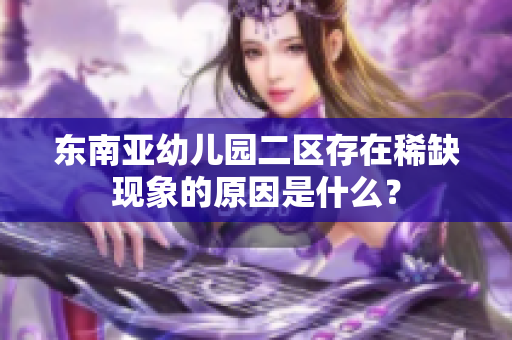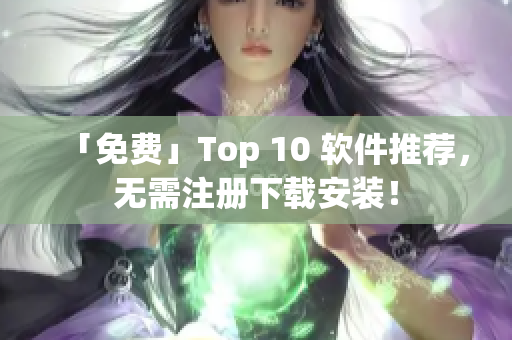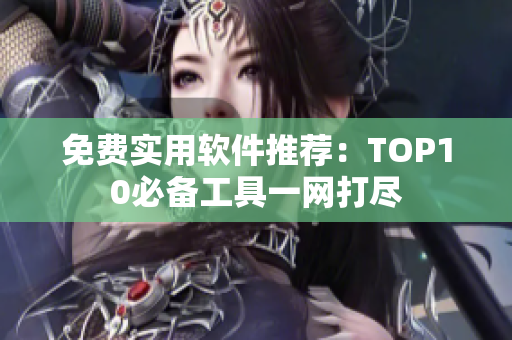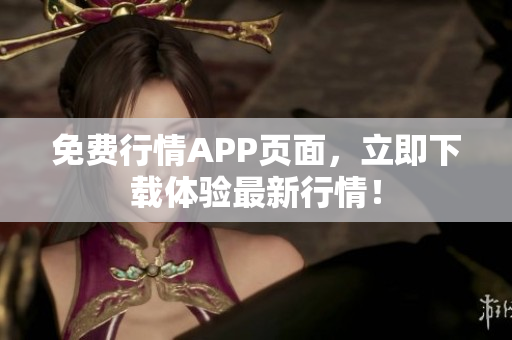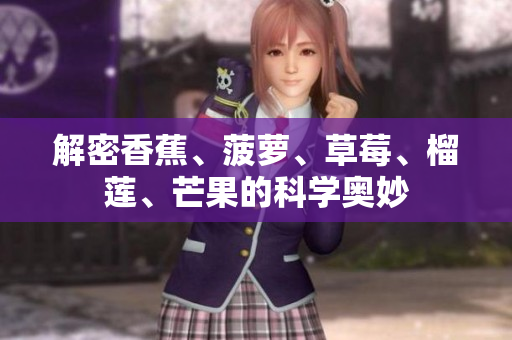Introduction
Art is a universal language that transcends borders and connects people from different walks of life. Western civilization boasts an impressive array of humanistic artworks that have inspired and challenged generations. In modern times, technological advancements have enabled us to experience and appreciate art in new and exciting ways. However, as we bask in the glory of 5G networks that promise to revolutionize the digital world, we must not forget the significance of human creativity and artistic expression.
The Beauty of Western Humanistic Art
The Western world has produced some of the world's most remarkable artworks, ranging from the anarchic works of Pablo Picasso to the delicate beauty of Vincent van Gogh's Starry Night. These pieces of art have left an indelible mark on human civilization by challenging conventional thinking, expressing emotions, and igniting conversation. The humanistic approach adopted by Western artists reflects the belief that an individual's values and ideals can be expressed through art, ultimately creating an impact of greater significance.
5G Technology and Its Implications
5G technology is poised to revolutionize the world's digital landscape by providing high-speed internet connectivity, low-latency networks, and enhanced data transmission. These advancements will not only affect the way we interact with technology but also change the way we experience art. 5G technologies offer the potential to connect people with art in ways that were once unimaginable - by providing immersive experiences, live-streamed performances, and real-time interactions with artists, audiences will be able to engage with art in new and exciting ways. But we must also remember that 5G technology is a tool that must be used to enhance and not replace the traditional artistic expression.
The Importance of Education and Cultural Preservation
As we embrace 5G technology and its potential to revolutionize the way we experience art, we must also recognize the importance of preserving our cultural heritage. The current generation must continue to educate itself and future generations about the significance of Western humanistic artworks and their relevance in modern times. We must not become too focused on the novelty of technology that we neglect the artistic expression itself - the humanistic values that have guided the artistic expression of the great Western works must still be valued, even as we seek to push the boundaries of technology.
The Dangers of Gaming and Digital Addiction
In recent years, gaming has exploded in popularity, becoming a billion-dollar industry that has captured the attention of people of all ages. However, gaming addiction, particularly in young people, has become a significant concern. The combination of addictive gameplay, microtransactions, and social validation has led to an unhealthy addiction to gaming and a casual attitude towards real-life responsibilities, including academics and relationships. It is essential for both parents and educators to recognize the dangers of this addiction and encourage moderation in the use of digital technologies.
The Consequences of Academic Cheating
Academic cheating is a pervasive problem that affects students around the world. The pressure to excel academically has led some students to cheat, either by copying or purchasing assignments or exams. Cheating undermines the integrity of the educational system and reduces the value of academic achievement. Teachers and parents must work together to cultivate a culture of academic honesty, emphasizing the importance of hard work and dedication in achieving academic excellence.
The Challenges of Southeast Asian Education
The challenges facing Southeast Asian education are unique and require a multi-faceted approach to address the root causes. One of these challenges is the shortage of qualified teachers and resources, which has led to overcrowded classrooms and subpar education outcomes. The early years of a child's development are critical in laying the foundation for academic and personal success; as such, early childhood education must be prioritized. Investment in education and training of teachers will ensure that all students receive the quality education they deserve.
Conclusion
In conclusion, Western humanistic art remains a significant contribution to human civilization, inspiring generations with its beauty, complexity, and emotion. As we enter a new era of unprecedented technological advancement, we must not forget the value of tradition and cultural significance of these artworks. We must also be mindful of the dangers of gaming and digital addiction and emphasize a culture of academic honesty. Addressing the challenges faced by Southeast Asian education, especially in early childhood education, requires a concerted effort from all stakeholders. By collectively working towards these goals, we can create a future where technology and tradition harmoniously coexist, creating a richer and more fulfilling human experience.

